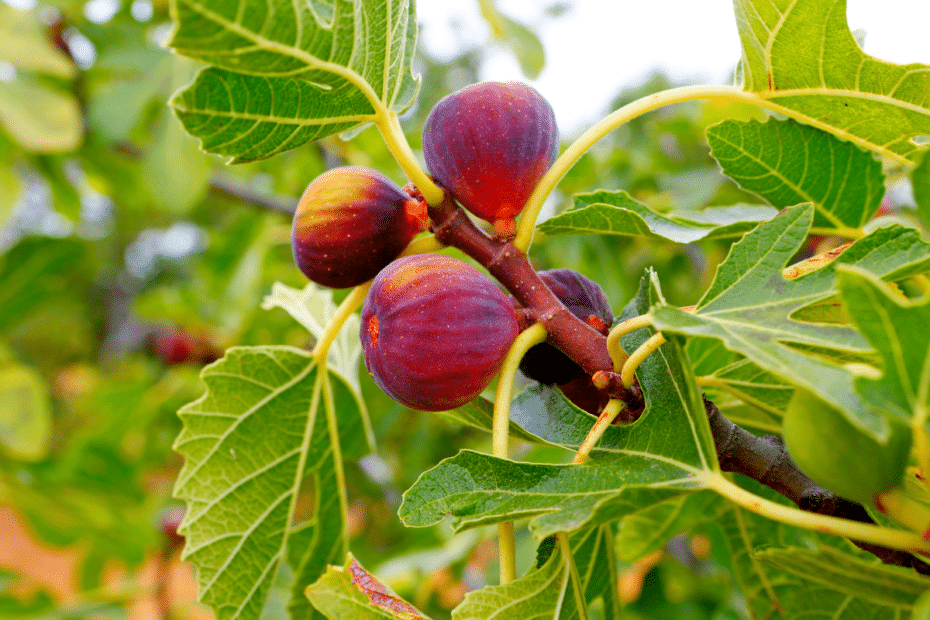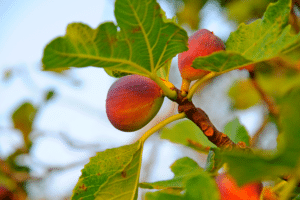Figs are prized for their delicious, sweet taste and numerous health benefits. As the days get longer and temperatures start to rise, it’s time to prepare your fig tree for the upcoming season of growth and fruiting.
By ensuring proper care before the end of April, you can look forward to a bountiful harvest of succulent figs.
Contenus de la page
Evaluating your fig tree’s health
The dormant period, when leaves have fallen off the branches, is an ideal time to inspect your fig tree for any signs of damage or disease. Look closely at the branches, paying attention to those that are broken, dead, or displaying symptoms of illness – such as discolored bark or fungal growth.
Removing these damaged parts is fundamental for preventing the spread of infections and encouraging healthy new branch development, which is imperative for a good harvest.
Pruning and maintenance
Why pruning matters
Proper pruning not only improves the overall structure of your fig tree but also allows for better sun exposure and air circulation among its branches. This contributes to healthier foliage, stronger branches, and higher fruit yield.
Be sure to trim weak or crossing branches to optimize your tree’s potential for growth and fruiting.
When to prune
It’s best to prune your fig tree during its dormant phase, ideally before early spring when new buds begin to appear. However, minor adjustments can still be made in April to remove any remaining unproductive branches that may sap valuable resources from the rest of your tree.
Strengthening soil and fertilizing with compost
For optimal fig tree growth, incorporate well-decomposed compost around the base of your tree. Compost that is rich in organic matter nourishes the soil, enhancing its structure and water retention capacity. These factors contribute to a more robust root system and improved fruit development, which are fundamental for a bountiful harvest.
When fertilizing your fig tree, opt for a specific fertilizer designed for figs or a balanced NPK mix with a ratio suited to the tree’s growth needs – typically 5-10-5 or similar. This will promote both leaf growth and fruiting.
A valuable tip to consider is adding sifted wood ashes to the soil, as they are rich in potassium – an essential element for juicy, high-quality figs.
Watering your fig tree
Regular, moderate watering is vital for preparing your tree to produce mouthwatering figs next season. Adjust your watering routine according to the soil conditions and local climate, remembering not to over-water, as it can lead to root rot and other issues. Maintain consistent soil moisture to ensure a successful harvest.
Mulching: a smart addition to your fig tree’s care
To supplement your watering efforts, mulch around your fig tree using straw, dead leaves, or bark. This practice not only helps to maintain constant soil moisture by reducing evaporation but also benefits the tree in several additional ways:
- Helps control weeds that may compete with your fig tree for nutrients and moisture
- Improves soil structure, promoting healthy root and fruit growth
- As the mulch breaks down, it releases nutrients back into the soil, providing extra sustenance for your tree
By taking advantage of the warming temperatures in april, consider adding an extra layer of compost around your fig tree’s base to further boost its growth and development.
In conclusion, tending to your fig tree’s needs before April’s end is essential for ensuring a healthy and fruitful season.
By evaluating its health, pruning appropriately, enriching the soil with compost and fertilizer, watering regularly, and mulching, you are setting the stage for a bountiful harvest of delicious figs come springtime.


